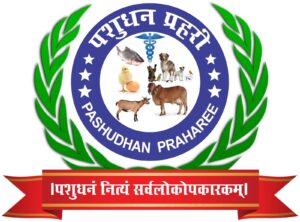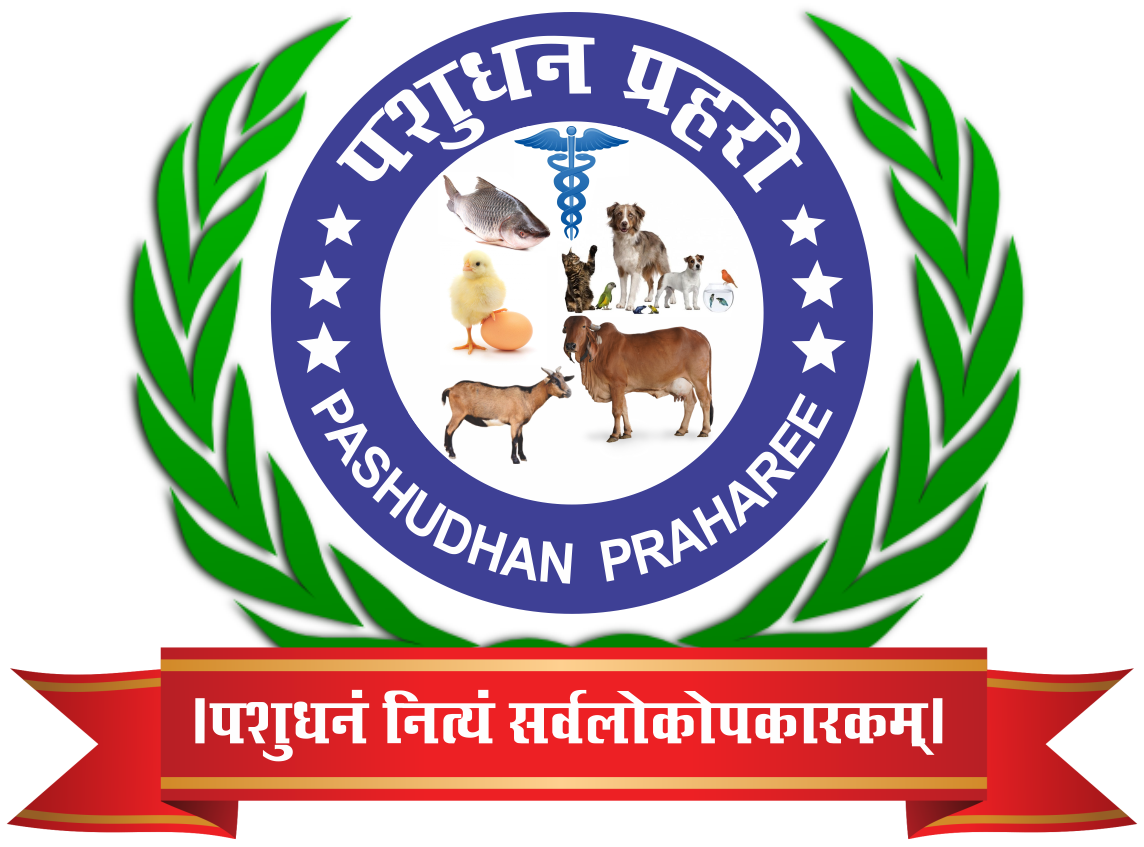Anthrax Containment in India: Comprehensive SOPs for Managing Zoonotic Risks and Cattle Outbreaks
Anthrax, caused by the bacterium Bacillus anthracis, is a serious zoonotic disease affecting both animals and humans. In India, anthrax remains endemic in certain regions, with sporadic outbreaks reported among livestock and humans. Effective containment requires a comprehensive approach addressing both animal and human health.
Zoonotic Transmission
Humans can contract anthrax through:
- Cutaneous Exposure: Handling infected animals or contaminated animal products can lead to skin infections.
- Inhalation: Breathing in aerosolized spores from contaminated animal products.
- Ingestion: Consuming undercooked meat from infected animals.
Occupational groups such as farmers, veterinarians, and butchers are at heightened risk.
Outbreak Control Measures in Cattle
- Surveillance and Reporting:
- Implement active surveillance in endemic regions.
- Immediate reporting of suspected cases to veterinary authorities.
- Quarantine:
- Isolate affected herds to prevent disease spread.
- Vaccination:
- Administer anthrax vaccines to livestock in endemic areas.
- Carcass Management:
- Avoid opening carcasses of suspected anthrax cases to prevent spore release.
- Incinerate carcasses on-site or bury them deeply with lime, adhering to guidelines.
- Disinfection:
- Decontaminate contaminated areas and equipment using appropriate disinfectants.
- Public Awareness:
- Educate communities on anthrax risks and safe handling practices.
Human Health Measures
- Personal Protective Equipment (PPE): Ensure use of PPE when handling suspected cases or carcasses.
- Post-Exposure Prophylaxis: Provide antibiotics to individuals exposed to infected animals or products.
- Medical Treatment: Early diagnosis and treatment of human cases to reduce mortality.
Effective anthrax containment in India necessitates a One Health approach, integrating animal and human health strategies. Adherence to standard operating procedures, including vaccination, safe carcass disposal, and public education, is crucial to mitigate the impact of anthrax outbreaks.
Anthrax Containment in India: Comprehensive SOPs for Managing Zoonotic Risks and Cattle Outbreaks
Standard Operating Procedure for Anthrax




